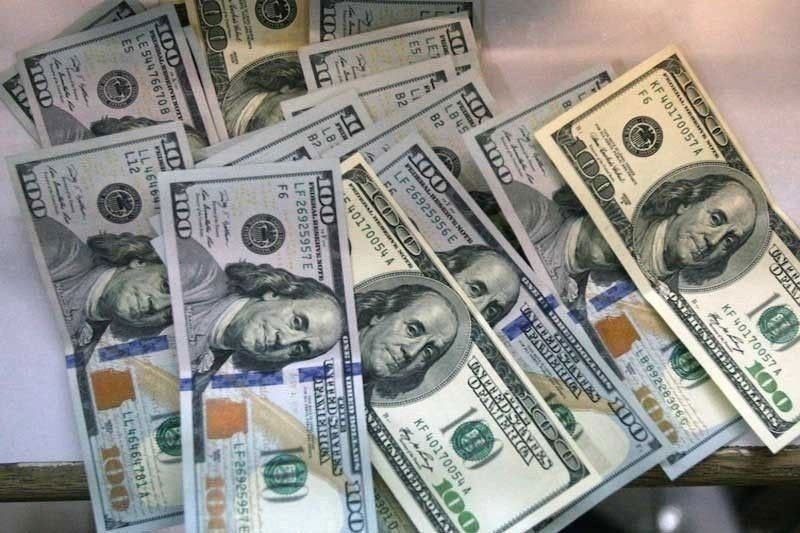BOP deficit widens to $639 million in April

MANILA, Philippines — The Philippines registered a balance of payments (BOP) deficit of $639 million in April as the government settled more foreign obligations, the Bangko Sentral ng Pilipinas (BSP) said.
Data released by the central bank showed the BOP shortfall last month was four times wider than the $148 million deficit recorded in April last year. It was also a reversal of the $1.17 billion surplus recorded in March.
“The BOP deficit in April 2024 reflected outflows arising mainly from the national government’s net foreign currency withdrawals from its deposits with the BSP to settle its foreign currency debt obligations and pay for its various expenditures,” the BSP said.
In the first four months of the year, the cumulative BOP position swung to a deficit of $401 million from the $3.31 billion surplus in the same period a year ago.
“Based on preliminary data, this cumulative BOP deficit reflected mainly the national government’s repayments of its foreign loans coupled with the continued trade in goods deficit,” the central bank said.
Latest BSP data showed the country’s external debt rose by 12.7 percent to an all-time high of $125.4 billion in 2023 from $111.3 billion a year ago, as both the national government and the private sector borrowed more from offshore creditors.
The BOP is the difference in total values between payments into and out of the country over a time period.
A deficit means more dollars flowed out of the country to pay for the importation of more goods, services and capital than what flowed in from exports, remittances from overseas Filipino workers, business process outsourcing (BPO) earnings and tourism receipts.

Rizal Commercial Banking Corp. chief economist Michael Ricafort said the BOP deficit in April was partly due to the country’s continued trade deficit, though offset by remittance inflows, BPO receipts, foreign tourism receipts, investments and other structural dollar inflows.
The country posted its lowest trade gap in nearly three years in March as both exports and imports declined, according to the Philippine Statistics Authority (PSA).
Based on PSA data, the balance of trade in goods or the difference between exports and imports amounted to a deficit of $3.18 billion in March, 37 percent lower than the $5.02 billion trade shortfall in the same period in 2023. It was also lower than the previous month’s $3.66 billion gap.
Moving forward, Ricafort said the BOP data could improve due to the proceeds of the national government’s foreign currency-denominated borrowings.
Continued growth of structural dollar inflows of the country and a narrower trade deficit in the coming months could help support the country’s BOP position.
The Philippines booked a $3.67 billion BOP surplus last year, a turnaround from the all-time high of $7.26 billion deficit in 2022, amid higher inflows from personal remittances, trade in services and foreign borrowings by the national government.
The surplus was more than three times the BSP’s projection of $1.1 billion, or 0.2 percent of gross domestic product (GDP) projected by the central bank for 2022.
For 2024, the BSP raised its BOP projection to a surplus of $100 million this year. It is expected to reverse to a $100-million deficit in 2025.
- Latest
- Trending































